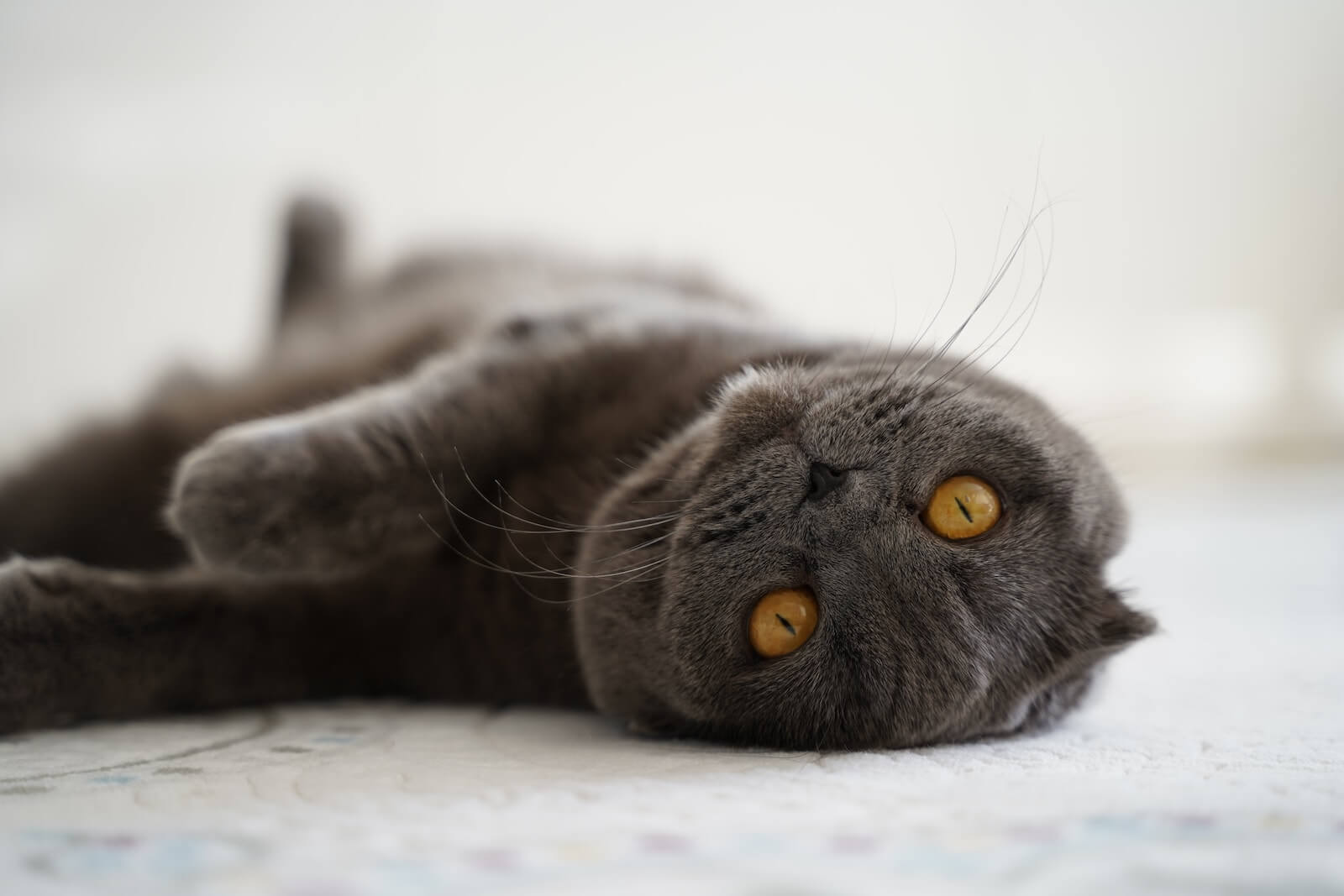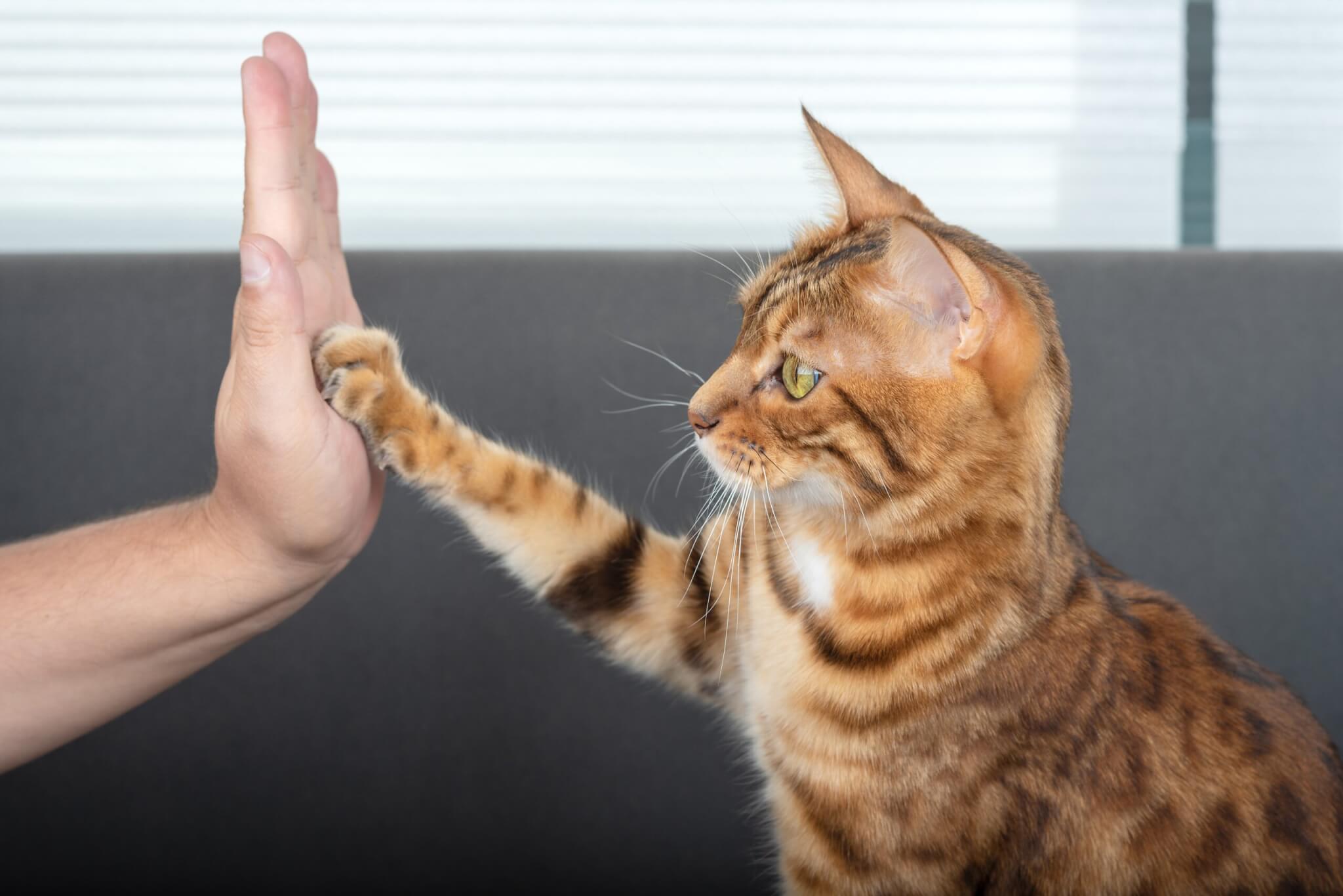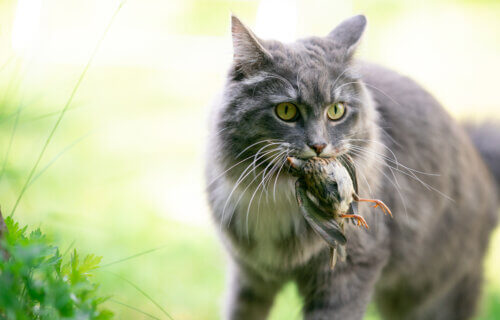AUBURN, Ala. — Cats, may be mostly adorable and harmless pets to us humans, but they have a much darker side to their nature, according to a comprehensive new study. An international team has discovered that free-ranging cats, those with access to the outdoors, have a surprisingly extensive diet that includes a staggering 2,084 different species. Researchers say this revelation has profound implications for global biodiversity and conservation efforts.
The study, which compiled data from over 500 individual studies, paints a picture of the domestic cat (Felis catus) as an extreme generalist predator. This means they are not picky eaters and will consume almost anything they can catch. The findings show that about 90 percent of their diet consists of birds, reptiles, and mammals, with insects and amphibians also making the list. Alarmingly, cats generally eat species that weigh less than 11 pounds, but they can also go after much larger prey.
What’s striking is that among these 2,084 species cats will gobble up, 347 are of concern to conservationists. This means they are already facing the threat of extinction. This issue is especially pronounced on islands, where the diversity of endangered species in cat diets is three times higher than on continents. Cats have been linked to the decline and even extinction of several species, particularly on islands where native animals don’t know how to cope with such adorable and efficient killing machines.

The study’s authors note that cats have become one of the most widespread species on the planet, second only to humans. Their adaptability is partly due to their diet: they’re obligate carnivores. This means they must eat meat to survive, and they have evolved to be particularly efficient hunters.
Cats’ impact on wildlife is not just a matter of what they eat, but also how they hunt. Cats often hunt even when they are not hungry, which means they can kill more animals than they can consume. This behavior has a cascading effect on ecosystems, especially in areas where cats have been introduced by humans. This is especially true for birds, which make up nearly half of the wildlife your friendly neighborhood feline will bring home as a present.
“Of the individual species depredated or scavenged by cats, birds comprised 47.07% (981 species), followed by reptiles (463 species, 22.22%), mammals (431 species, 20.68%), insects (119 species, 5.71%), and amphibians (57 species, 2.74%),” the researchers report in the journal Nature Communications.

The researchers are calling for more studies on the ecological impact of free-ranging cats. While they are beloved pets for many, the team says their effect on wildlife is significant and often overlooked. This study serves as a wake-up call for cat owners and conservationists alike, highlighting the need for responsible pet ownership and targeted conservation efforts to mitigate the impact of cats on native wildlife populations.
While cats may be cherished companions in our homes, their role in the wider environment is far more complex and problematic than previously understood, researchers conclude. This landmark study underscores the urgent need to balance our affection for these animals with the stark reality of their ecological impact.
You might also be interested in:
- What Are Best Cats For First-Time Owners? Top 5 Breeds, According To Experts
- Best Outdoor Cat Breeds: Top 7 Kitties Most Recommended By Feline Experts
- Best Cat Food Brands: Top 5 Feline Feasts Most Recommended By Experts

